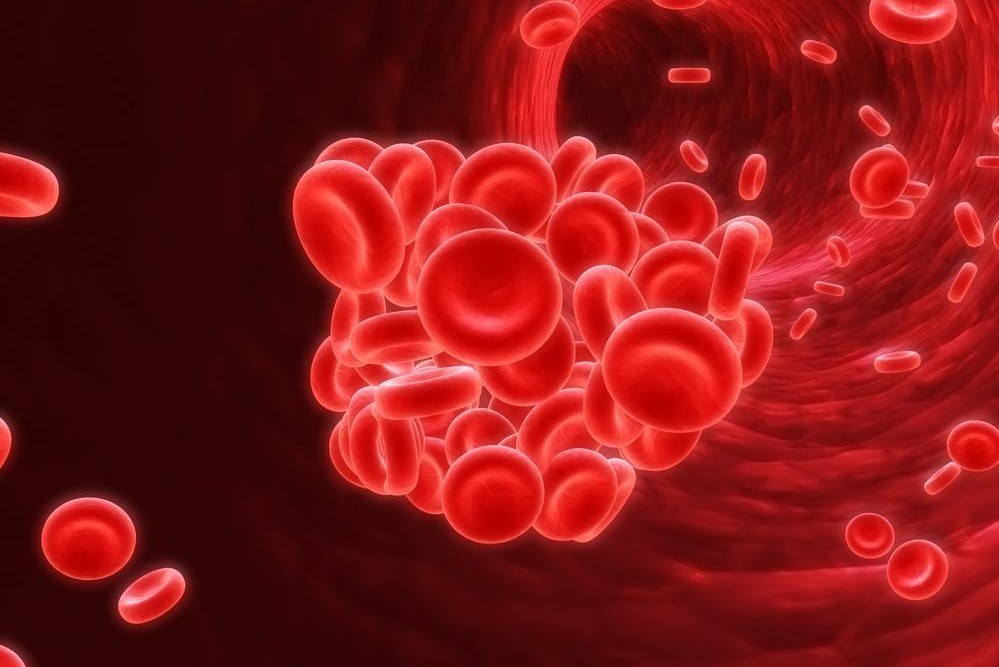Identifying Symptoms of Blood Clots in Various Body Regions
This article explores the key signs and symptoms of blood clots in various parts of the body, including limbs, brain, heart, abdomen, and lungs. Recognizing these symptoms early can prevent severe health complications. It emphasizes the importance of diagnosis and prompt medical attention for clot-related issues, highlighting risk factors and preventive measures for maintaining health and safety.

Recognizing Signs of Blood Clots in Different Areas of the Body
A blood clot, or thrombus, is a mass of blood that changes from liquid to a semi-solid state, potentially forming inside or outside the body. Clots on the skin are visible and may appear as red patches, often helping to slow bleeding after injuries. Internal clots, however, pose greater health risks and may go unnoticed without proper diagnosis. Symptoms vary depending on the location, including swelling and pain in limbs, neurological changes in the brain, chest discomfort with heart clots, abdominal pain, and respiratory issues with lung involvement. Vigilance and early detection are key to preventing serious outcomes.
Blood clot symptoms differ based on where they develop. Here are indications according to specific areas:
Limbs (arms or legs): Swelling, localized pain, warmth, and soreness are common signals of blood clots in the extremities.
Brain: Clots here may cause strokes, leading to symptoms like vision changes, seizures, speech difficulties, weakness, and sensory alterations. Diagnosis requires medical evaluation.
Heart: Clots in the heart can trigger heart attacks, presenting symptoms like chest pain, shortness of breath, sweating, nausea, dizziness, and fainting.
Abdomen: Abdominal blood clots often result in severe pain, diarrhea, vomiting, and blood in vomit or stool. Detection may involve imaging tests like CT scans.
Lungs: Pulmonary embolism occurs when clots travel from elsewhere, commonly from leg veins. Symptoms include sharp chest pain, coughing blood, difficulty breathing, fever, rapid heartbeat, dizziness, and fainting.
Blood clots are serious and potentially life-threatening. Recognizing risk factors and symptoms early can be lifesaving. Seek prompt medical care if you suspect a clot.










